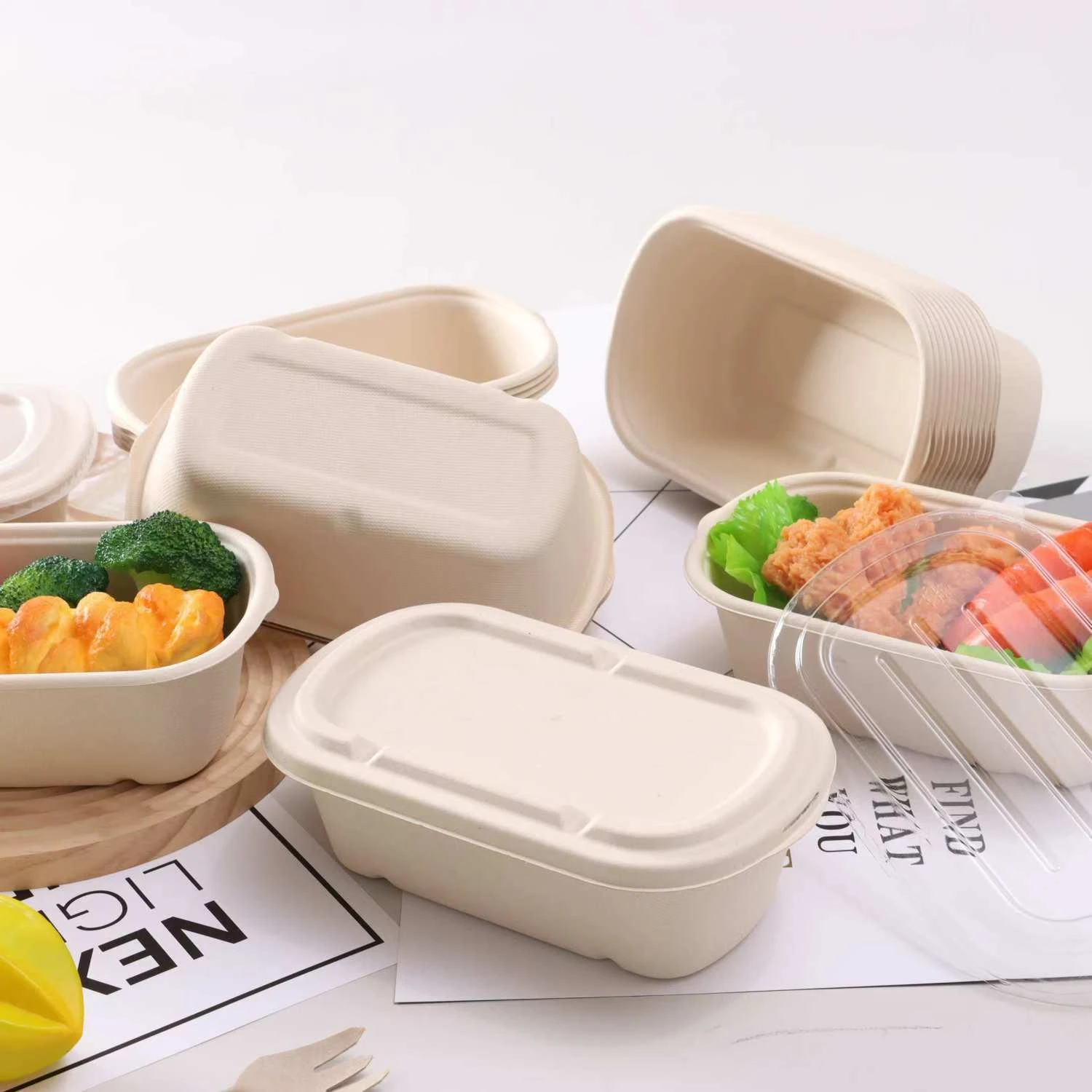The Art of Piping Bags A Creative Essential for Bakers and Decorators
Piping bags are indispensable tools in the world of baking and cake decorating. These versatile instruments allow bakers to create intricate designs, add decorative elements to desserts, and elevate the presentation of baked goods. Whether you're a professional pastry chef or a home baking enthusiast, understanding the various uses and techniques of piping bags can enhance your culinary creations and make your desserts truly stand out.
At its core, a piping bag is a cone-shaped bag made from various materials, including plastic, silicone, or cloth. It is typically filled with frosting, cream, or other mixtures and then used with a piping tip at the end to shape the contents into beautiful designs. The concept is simple, yet the results can be breathtaking.
One of the most common uses of piping bags is for decorating cakes. Bakers can apply frosting smoothly around the edges or create rosettes, flowers, and other intricate designs on the top of the cake. There are numerous piping techniques that can be employed depending on the desired effect. For example, using a star tip can create textured swirls, while a round tip is perfect for smooth lines and dots. The versatility of piping bags allows bakers to experiment with different styles and find a unique approach to cake decoration.
Piping bags are not limited to just frosting; they can also be used for a variety of other purposes. For instance, whipped cream can be piped onto desserts like pies and cupcakes, while tempered chocolate can be delicately drizzled over pastries and snacks for added flair. Additionally, savory applications, such as piping mashed potatoes or purées onto plates, can elevate a dish's presentation, making piping bags a favorite tool for both sweet and savory cooks alike.
piping bags

Preparing a piping bag is a straight-forward process, but mastering its use takes practice. Start by cutting the tip of the piping bag to the desired size for your piping tip, then insert the tip into the bag. Fill the bag with your mixture, ensuring not to overfill it, as a filled bag can be challenging to handle. Once the bag is filled, twist the top to prevent any leakage and guide your piping motions with a steady hand.
It's important to note that different piping tips create various patterns and textures. Open tips can create flat designs, while closed tips can produce intricate patterns. The choice of tip and technique depends on the desired outcome, and experimenting with different configurations can lead to exciting results.
After using piping bags, cleaning them properly is essential, especially if they are reusable. For cloth piping bags, a simple wash in warm, soapy water followed by thorough drying is usually sufficient. Plastic bags can often be rinsed and reused, though they are sometimes designed for one-time use for convenience.
In conclusion, piping bags are a must-have for anyone looking to take their baking and decorating skills to the next level. They provide the means to create visually stunning desserts and dishes that not only taste fantastic but also make a significant impression. With some practice and creativity, you can master the art of piping and transform your baked goods into artful masterpieces that delight both the eyes and the palate. Whether you’re decorating a birthday cake or crafting elegant pastries, the piping bag is your best friend in the bakery.



